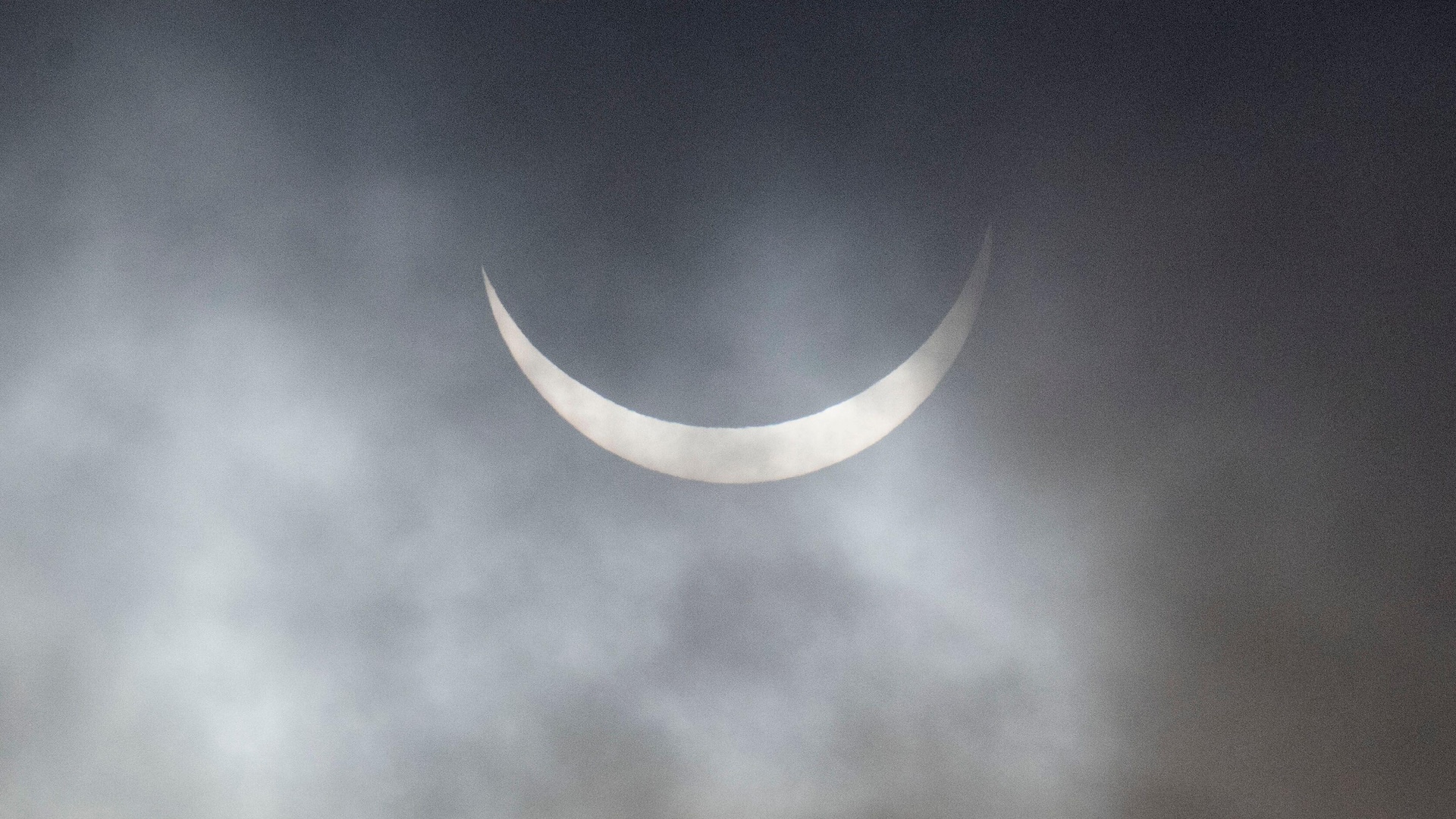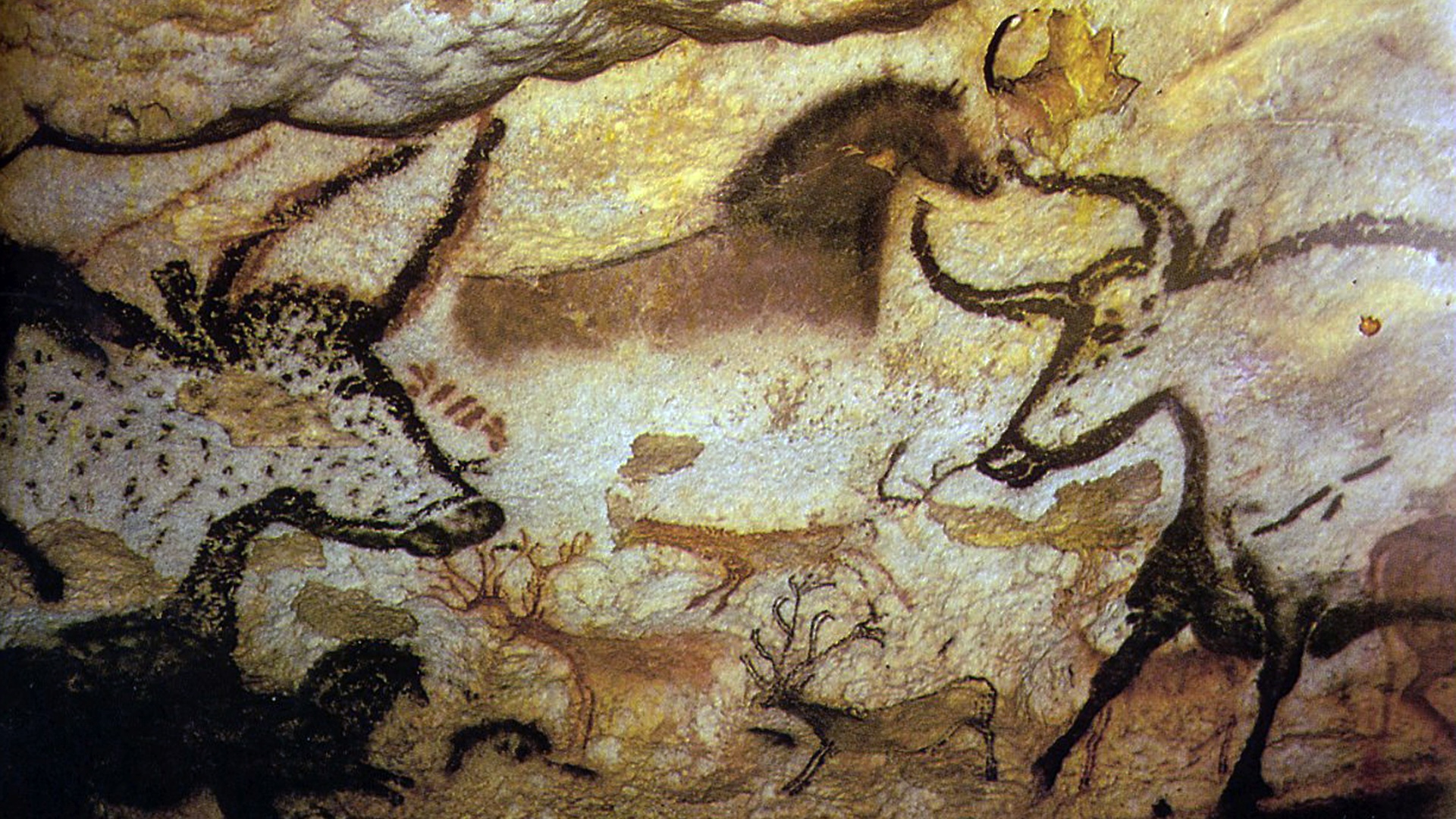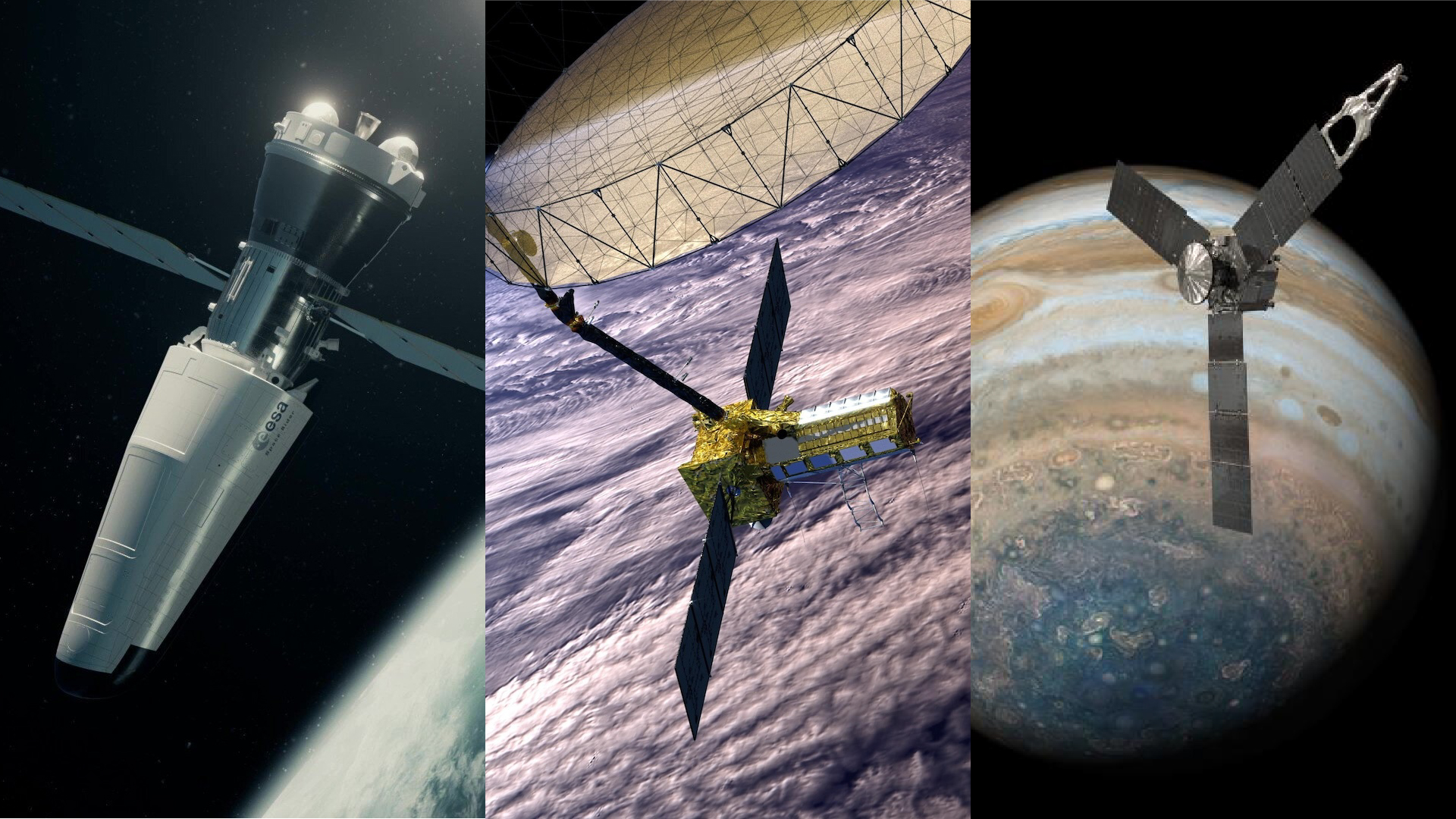Top 10 Amazing Moon Facts
Lunar Facts
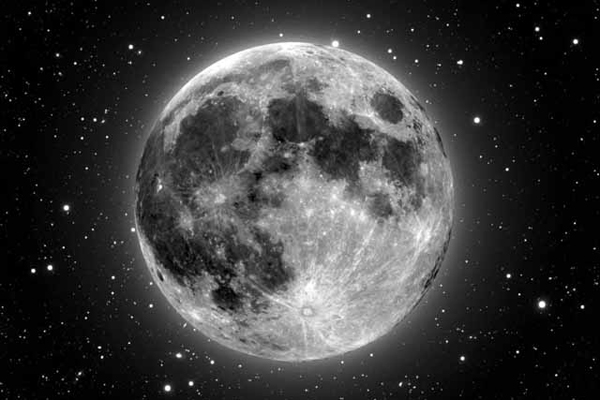
Did you know there's no such thing as a full moon? No dark side, either. And if you think the moon is causing the wild moods of a certain someone, then read on ...
The Big Whack
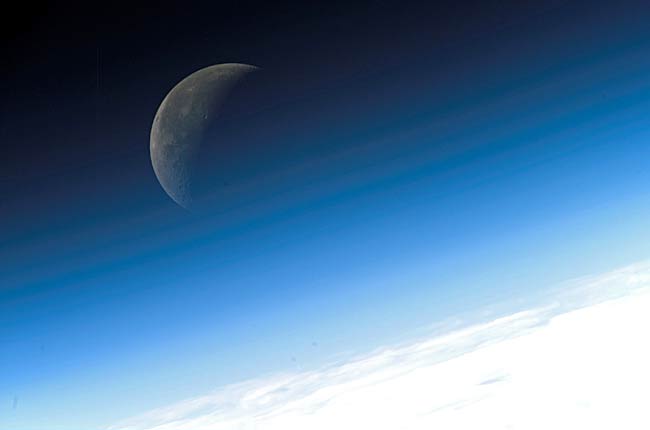
The moon formed as a result of a collision known as the Giant Impact or the Big Whack, scientists figure. It went like this: A giant Mars-sized object hit Earth 4.6 billion years ago shortly after the birth of the sun and the solar system. A cloud of vaporized rock was kicked up (a mix of Earth and the other object) and went into orbit around Earth. The cloud cooled and condensed into a ring of small, solid bodies, which then gathered together, forming the moon.
Earth makes the moon rise
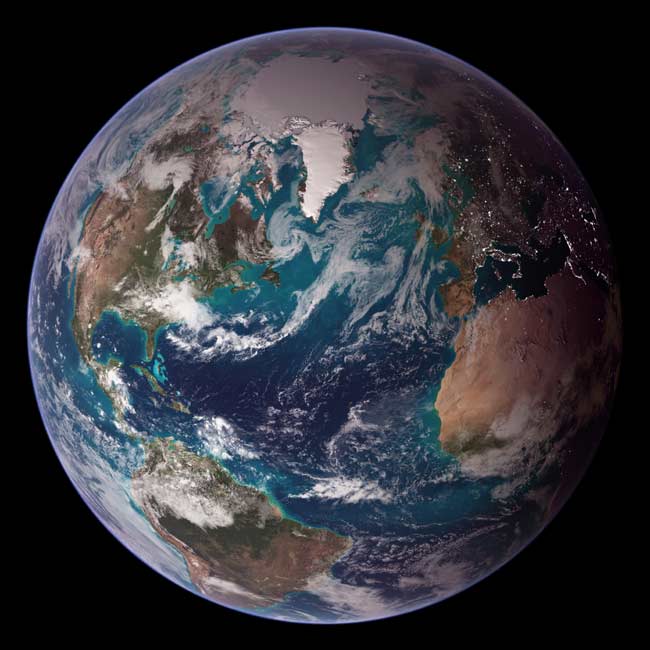
Each day, though not at the same time, the moon comes up in the East and goes down in the West — much like the sun and other stars and for the same reason Earth rotates, on its axis, toward the East, pulling celestial objects into view and then forcing them to slip away. The moon also makes an orbital trip around Earth once every 29.5 days. In the sky, this gradual movement is eastward, though it's not perceptible during any given observing session. It is, however, why the moon rises later each day, by about 50 minutes on average.
That also explains why the moon sometimes rises in the evening and us up during the night, while at other times it's up only or mostly during the day.
No dark side
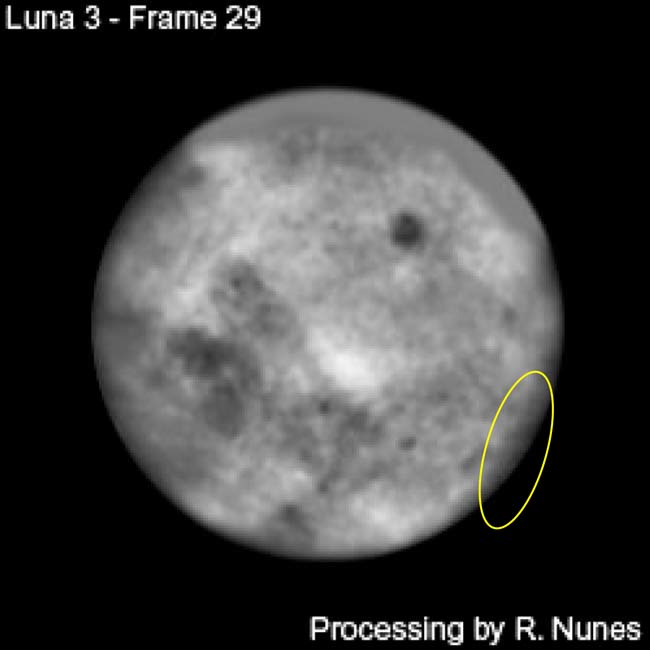
Contrary to what you might have heard, there is no "dark side" of the moon. There is, however, a "far side" that we can't see from Earth. Here's why:
Long ago, the Earth's gravitational effects slowed the moon's rotation about its axis. Once the moon's rotation slowed enough to match its orbital period (the time it takes the moon to go around Earth) the effect stabilized.
So the moon goes around the Earth once and spins on its axis once, all in the same amount of time, and it shows us just one face the whole time.
Gravity is much weaker

The moon is about 27 percent the size of Earth and far less massive. Gravity on the moon is only about 1/6 of that on Earth. If you drop a rock on the moon, it falls more slowly (and astronauts can hope much higher). If you weigh 150 pounds on Earth, you'd weigh 25 pounds on the moon.
Bigger and smaller full moons
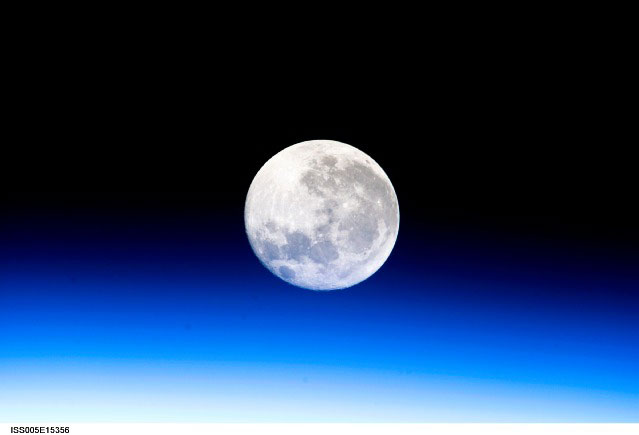
The moon's orbit around Earth is an oval, not a circle, so the distance between the center of Earth and the moon's center varies throughout each orbit. At perigee (PEHR uh jee), when the moon is closest to Earth, that distance is 225,740 miles (363,300 kilometers). At apogee (AP uh jee), the farthest position, the distance is 251,970 miles (405,500 kilometers).
When a full moon rises while it's at apogee, the disk we see can be 14 percent bigger and 30 percent brighter than other full moons.
The moon is not bigger when it rises compared to later at night, however; that's an illusion (one that causes a lot of argument over what causes it). You can test this yourself by holding something about the size of a pencil eraser at arms-length when the moon first rises and looks so huge, then repeat the test later in the evening when the moon is higher and looks smaller. Next to your eraser, it'll look comparatively the same in both tests.
Pockmarked history
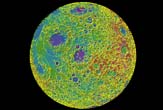
The craters on the moon reveal its violent history. Because there is almost no atmosphere and little activity inside the moon, the crater trace a record of impacts back billions of years (unlike Earth, which would have been just as violent back then, but the craters have all been weathered away or folded back into the planet).
By dating the moon's many craters, scientists figured out that the moon (and Earth) underwent a Late Heavy Bombardment around 4 billion years ago. The latest thinking on this pummeling is that life may have survived it, if biology had gotten a foothold that early.
Not round
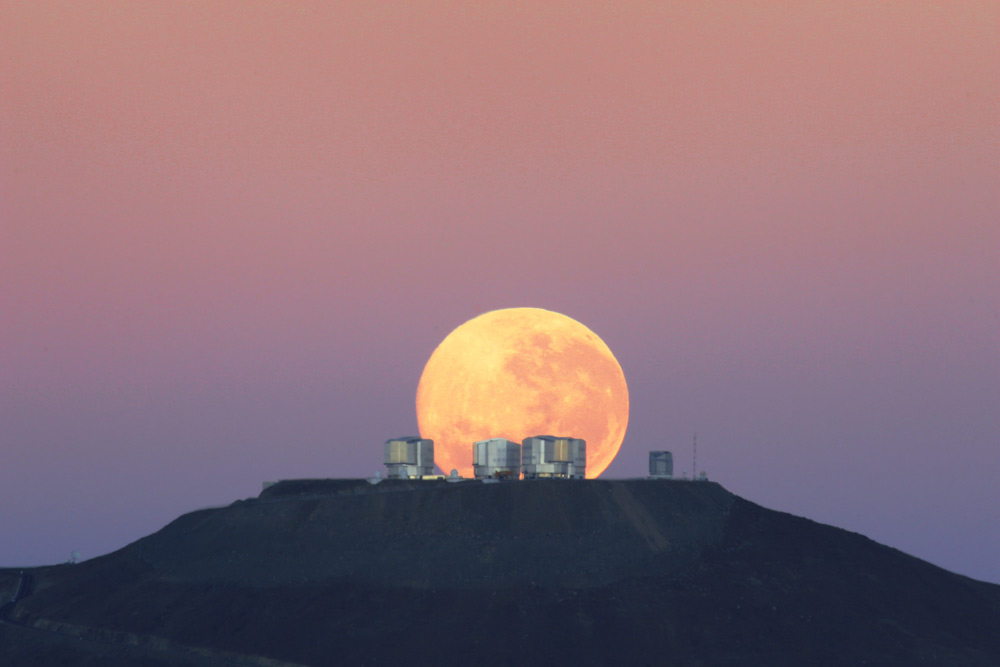
The moon is not round (or spherical). Instead, it's shaped like an egg. If you go outside and look up at the moon, one of the small ends is pointing right at you. And the moon's center of mass is not at the geometric center of the satellite; it's about 1.2 miles (2 kilometers) off-center. Earth, likewise, bulges in its midsection.
Caution! Moonquakes

Apollo astronauts used seismometers during their visits to the moon and discovered that the gray orb isn't a totally dead place, geologically speaking.
Small moonquakes, originating several miles (kilometers) below the surface, are thought to be caused by the gravitational pull of Earth. Sometimes tiny fractures appear at the surface, and gas escapes.
Scientists say they think the moon probably has a core that is hot and perhaps partially molten, as is Earth's core. But data from NASA's Lunar Prospector spacecraft showed in 1999 that the moon's core is small — probably between 2 percent and 4 percent of its mass. This is tiny compared with Earth, in which the iron core makes up about 30 percent of the planet's mass.
One engineer thinks these moonquakes should be taken into account when future lunar bases are designed.
Tugging on the oceans

Tides on Earth are caused mostly by the moon (the sun has a smaller effect). Here's how it works:
The moon's gravity pulls on Earth's oceans. High tide aligns with the moon as Earth spins underneath. Another high tide occurs on the opposite side of the planet because gravity pulls Earth toward the moon more than it pulls the water.
At full moon and new moon, the sun, Earth and moon are lined up, producing higher than normal tides (called spring tides, for the way they spring up). When the moon is at first or last quarter, smaller neap tides form. The moon's 29.5-day orbit around Earth is not quite circular. When the moon is closest to Earth (called its perigee), spring tides are even higher, and they're called perigean spring tides.
All this tugging has another interesting effect: Some of Earth's rotational energy is stolen by the moon, causing our planet to slow down by about 1.5 milliseconds every century.
Ciao, Luna!
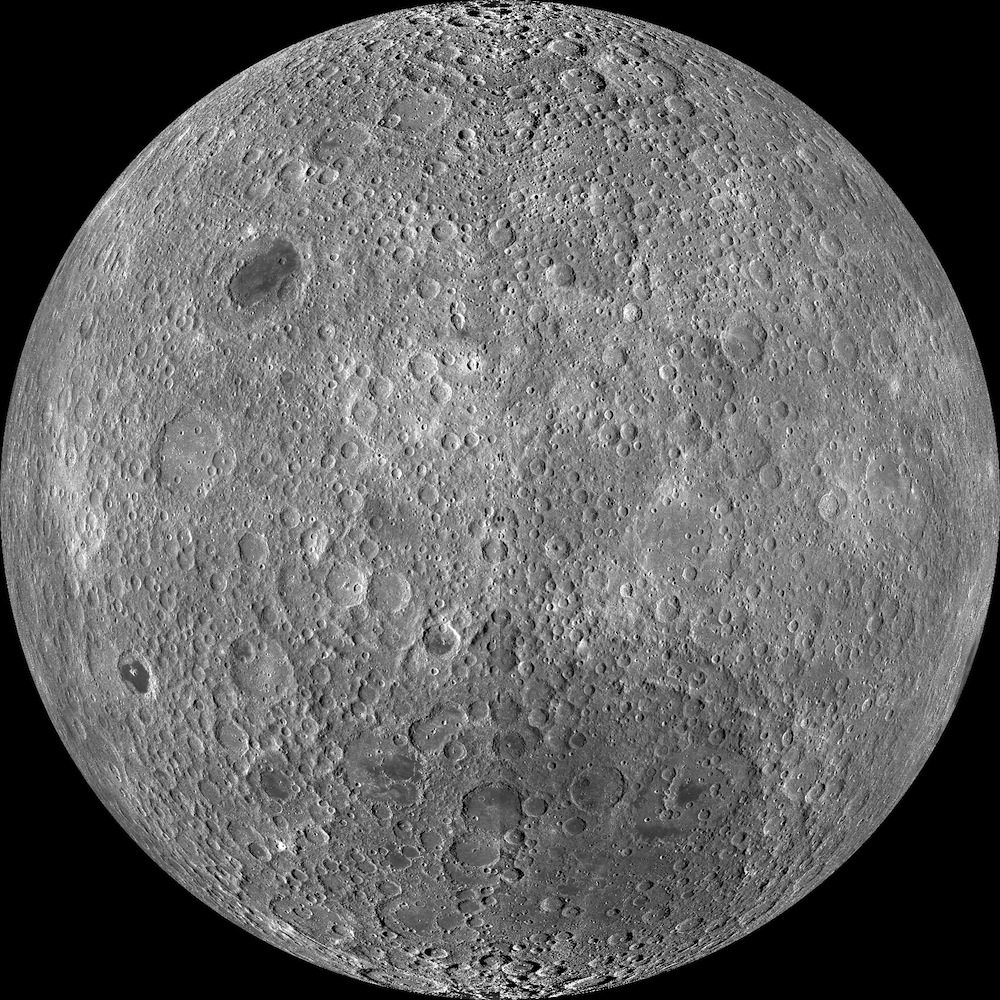
As you read this, the moon is moving away from us. Each year, the moon steals some of Earth's rotational energy, and uses it to propel itself about 1.6 inches (4 centimeters) higher in its orbit.
Researchers say that when it formed about 4.6 billion years ago, the moon was about 14,000 miles (22,530 kilometers) from Earth. It's now more than 280,000 miles, or 450,000 kilometers away.
Meanwhile, Earth's rotation rate is slowing down — our days are getting longer and longer. Eventually, our planet's tidal bulges will be assembled along an imaginary line running through the centers of both Earth and the moon, and our planetary rotational change will pretty much cease. Earth's day will be a month long. When this happens, billions of years from now, the terrestrial month will be longer — about 40 of our current days — because during all this time the moon will continue moving away.
Sign up for the Live Science daily newsletter now
Get the world’s most fascinating discoveries delivered straight to your inbox.

